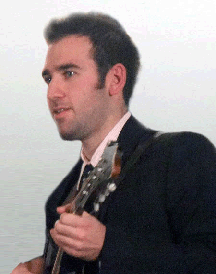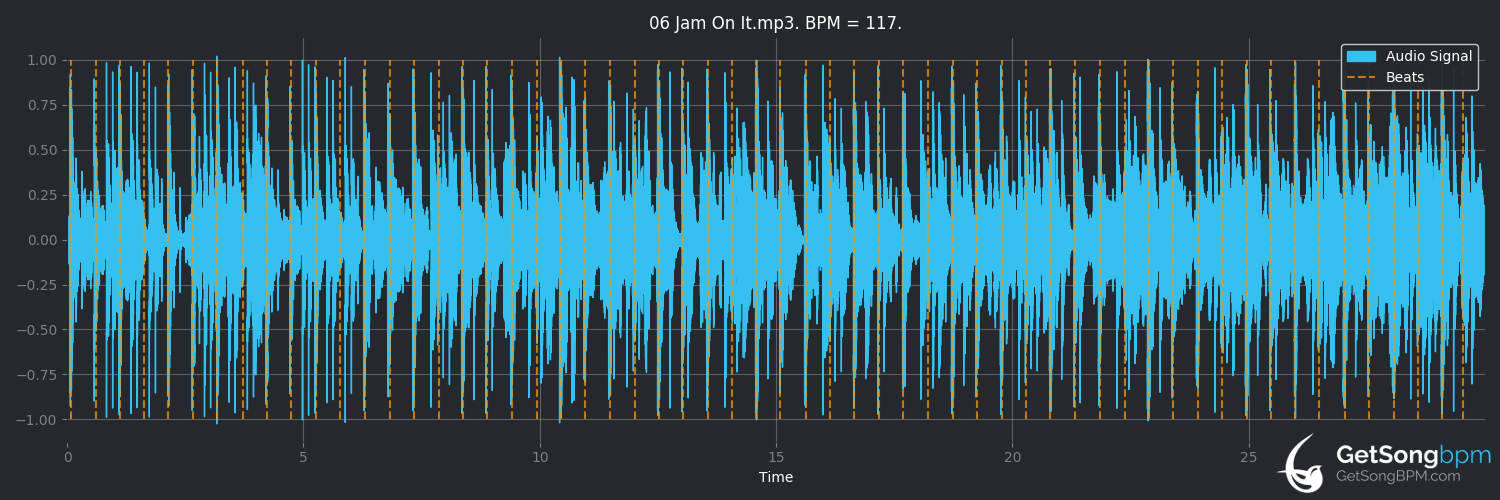

Tim asked, “Could I ad-lib a couple things? We said, “Yeah, do whatever.” It was magic. You couldn’t really go into a long description of the play the second you score, the other team’s going the other way. I could rattle off all the classics for you in less than 30 seconds.

There were literally two pieces of paper with all the lines. I watched games and listened to people announce, and I put together 95% of the Jam script. Jamie Rivett and I said, “We need some flames to put on the basketball,” and Sal actually said, “No, I’m not gonna give you flames.” When you’re on fire you can get by with goaltending, your shooting percentage goes to like 95%, you can pretty much wipe out the other team. We went back to the office and implemented the feature that afternoon. I said, “We need some kind of mode you get into-something to bring more excitement to this.” He said something about how we could go into a “fire mode.” So we strategized over lunch and came up with: If you make three shots in a row, you get on fire for a period of time or a handful of shots. One day Jamie and I were walking to Burger King for lunch. I really wanted to protect the individual players’ identities.” How about each player gets certain specialties-if it’s Stockton, he never gets the ball stolen from him, and so on. I said, “But we can’t have John Stockton taking off from the top of the key and jamming it over Mutombo. I was just dumbfounded, like, “Come on, we need to make this realistic!” The next day Mark gave me a call: “Come on over I just got one of the dunks in the game.” He had exaggerated it to the point where the player was taking off at the top of the key, jumping 20 feet in the air-a classic NBA Jam-style dunk. I would show these dunks-at pretty normal heights-to Eugene Jarvis, who made Defender and Stargate and Robotron, and he was like, “Maybe make that a little faster, a little higher.”

I put that footage on a floppy disk and gave it to Mark to digitize. When I was negotiating with Mark I said, “I have the potential of playing in the NBA, so I need to get more money.” He ended up paying me double what he paid the other guys.Īt that point they were just doing very simple, realistic dunks. We had these players run back and forth and mimic basketball moves.
NEWCLEUS JAM ON IT LYRICS DID YOU SEE WHEN HE WENT TV
We went into a TV production studio, painted a wall and set up a camera 20 feet away. Turmell came into the gym at Alumni Hall and said, “Hey, do any of you guys wanna help make a video game?” I was like, “Sure.” I started cruising around Chicago, going to playgrounds and to DePaul’s basketball arena to find a couple of players to model for us. Nearly a quarter century later, SI assembled the game’s makers and stars-in some cases one in the same-to recount how the phenomenon came to be, why the NBA was so slow to sign on and how everyone from Shaq to Macaulay Culkin couldn’t get enough.įor an arcade game, you’ve got to cram enough fun and adrenaline into a minute and a half so that someone will put in another quarter. When Midway released Jam, in April 1993, the game shattered arcade revenue records like digitized backboards, birthing new entries in basketball’s exclamatory lexicon ( Boomshakalaka!) and eventually spawning sequels and spinoffs. In the absence of fouls, defenders full-arm shoved. Hot shooters saw the ball literally catch fire. Dunkers launched as if powered by jet packs. And nowhere was that style more apparent than on the virtual courts of NBA Jam, an over-the-top video game in which the league’s actual stars-minus one contractually excluded Chicagoan-bullied and somersault-slammed their way through a cartoonish brand of two-on-two ball. NBA FANS of a certain age speak of the 1990s in reverent tones, nostalgic for a bygone era in which physical play ruled and larger-than-life stars made jaws drop.


 0 kommentar(er)
0 kommentar(er)
